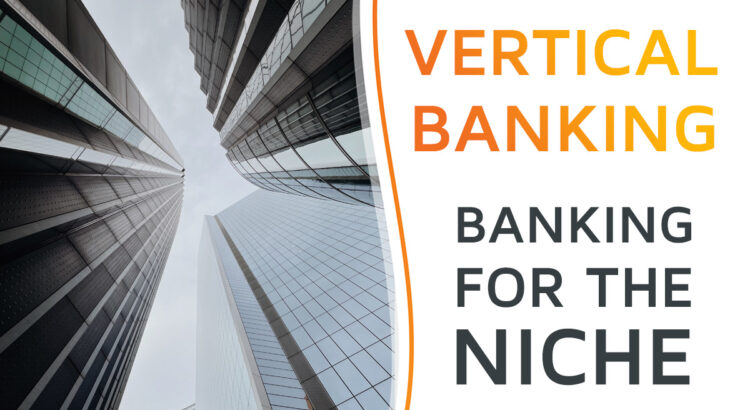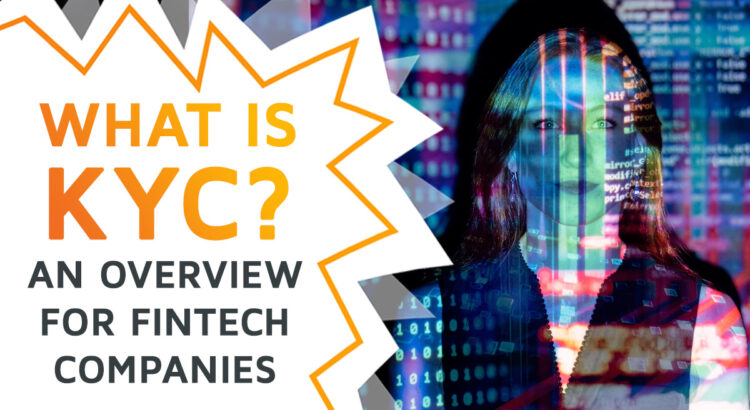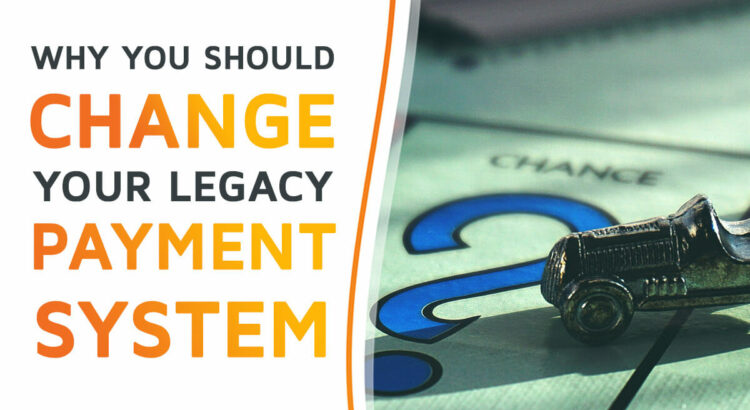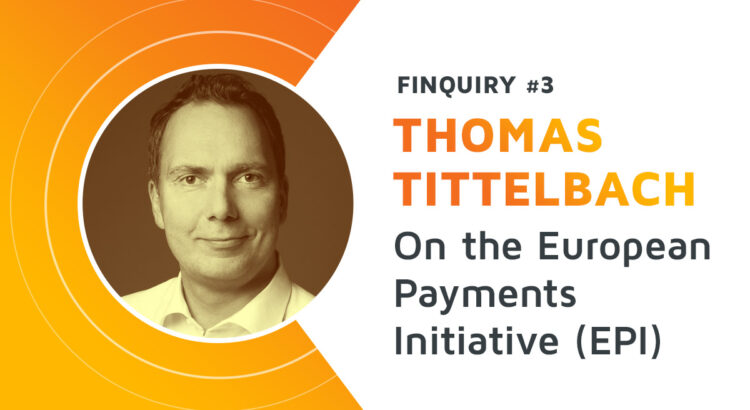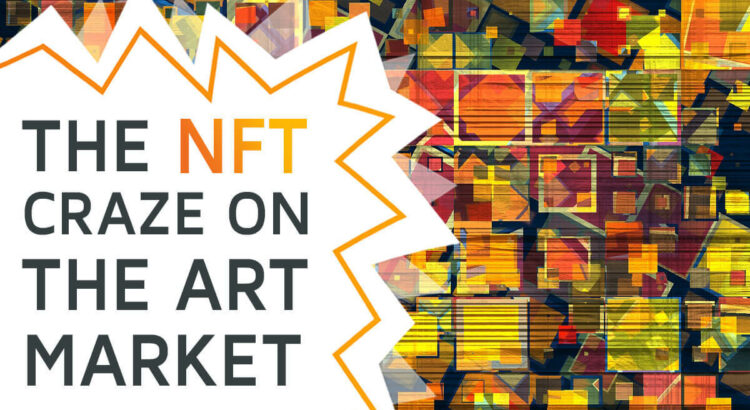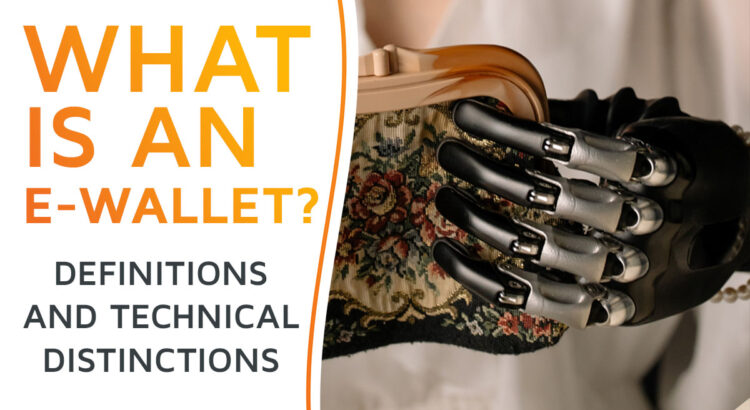Let’s spill the beans: You are in the e-commerce business for profit. Not solely for the profit perhaps. But it’s clear that you want to make money. And that means you must figure out how to get paid for the goods and services you offer online. The “how” is crucial: The choice of the Payment Service Provider you want to trust with processing your transactions with customers will resonate in every nook and cranny of your day-to-day operations. If payment doesn’t work, you won’t sell anything.
That’s true all the more if you are operating in multiple countries or across borders – preferences in Payment Service Providers (also called PSPs, Payment Solution Providers and sometimes Merchant Service Providers) fluctuate among nations and demographics.
Here’s the good thing: Whatever your business requires, there will be a Payment Service Provider with the right capabilities. That friendly online encyclopedia counts around 900 different Payment Service Providers worldwide, 300 of which cater to Europe and North America.
Now, you can see why the good thing is the bad thing at the same time. With so many options, how could you track down the best Payment Service Provider – the one that fits your business model and your market?
That’s the challenge this article is here to help you with. In the following paragraphs we will provide:
- A short definition of Payment Service Providers
- A compilation of decision points and criteria, which will help you determine what kind of payment your business needs
- A plan B to fall back on when none of the options offered by a single Payment Service Provider appeals to you.
Let’s see if we can narrow down your options.
Read More
